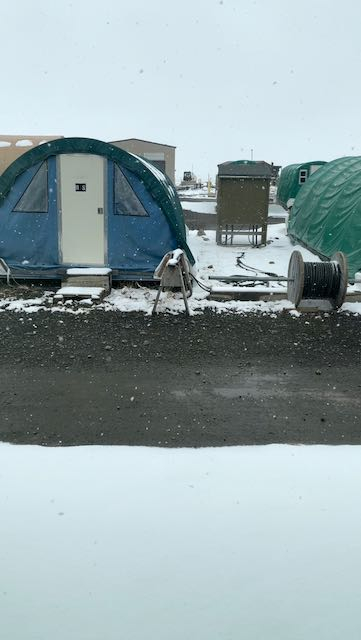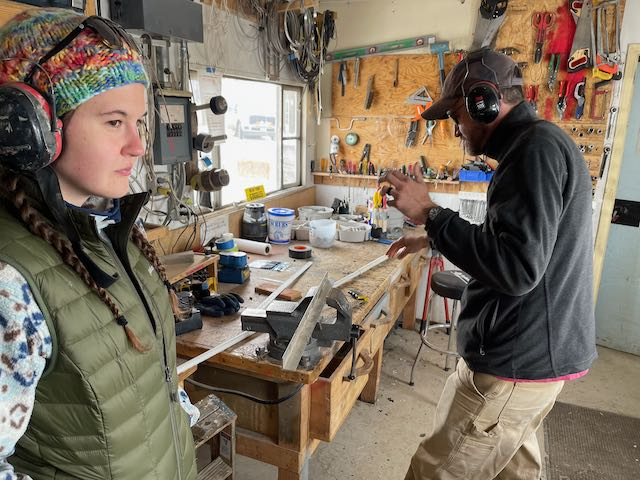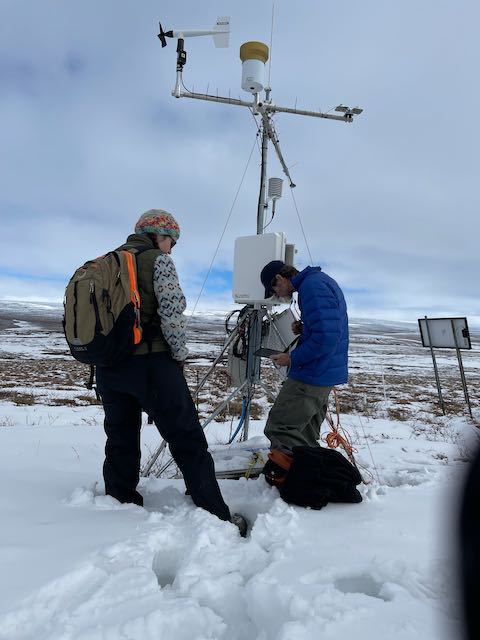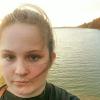Previously on…
It’s been awhile since my last blog post and while I’d like to say it’s because there’s been so much going on, it’s not ENTIRELY true, but it is mostly true.
Let me explain.
As mentioned in my last post our first full day at Toolik (Wednesday) was very busy. Getting the lab organized, visiting the two field sites, and getting a feel for the lay of the land. That night, it started snowing. And it kept snowing for two days (Thursday and Friday), which ultimately killed any plans we had to do our field work.

Now you might be thinking, “Wait, Liza. This is the Arctic; shouldn’t you all just adjust to the snow?” And you’re not entirely wrong – many of the groups up here work through the snow as if it’s just a regular ol’ day. But the key is that the work we do revolves around plants in the Arctic, and you can’t study the plants if they’re all under several inches of snow.
Since we were constrained by our surroundings, our list of things to do (which as all to-do lists are, is exponentially long) shrank, and so we had a lot going on… and yet, not so much going on at the same time. To that extent, we spent the two days checking on all of the electronics and instruments that we typically use in the field: things like fluorometers, Forward Looking Infrared (FLIR) cameras, and a variety of other spectrometers. We also learned and practiced the process of setting up the MISP (Mobile Instrumented Sensor Platform), which we will be running regularly in the field this summer. You can bet a longer, more detailed post about the MISP will soon be forthcoming.

As a chemist, my favorite part of science was instrumental analysis so learning how to calibrate, set up, and run each instrument was especially interesting to me, and I’ll definitely be spending time on my own understanding how each instrument works from a theoretical point of view.
A Little Bit of Fun
At the end of Friday, it had stopped snowing, so we did end up making a trek out into the field to a Meteorological Station that stores weather data year-round for the team, which we needed to download. Since the snow was fresh, we also were able to spend some time making and throwing snowballs while all that data was downloading.

I also spent some time on Friday making a TikTok video giving a one-minute tour of camp. You can view that video by following either my Instagram or TikTok account, with the handle @theentropyreport.
While Thursday and Friday were one type of busy, yesterday and today were the type of busy that put you to bed for a day and a half. With Steve only here until Tuesday, we have had a lot to get done in a little amount of time! Read tomorrow's post for more details on setting up the field stations, which includes finding the perfect pump up song, carrying 70 pound jackhammers and batteries up to the sites, and becoming ratchet strap ninjas.


Comments